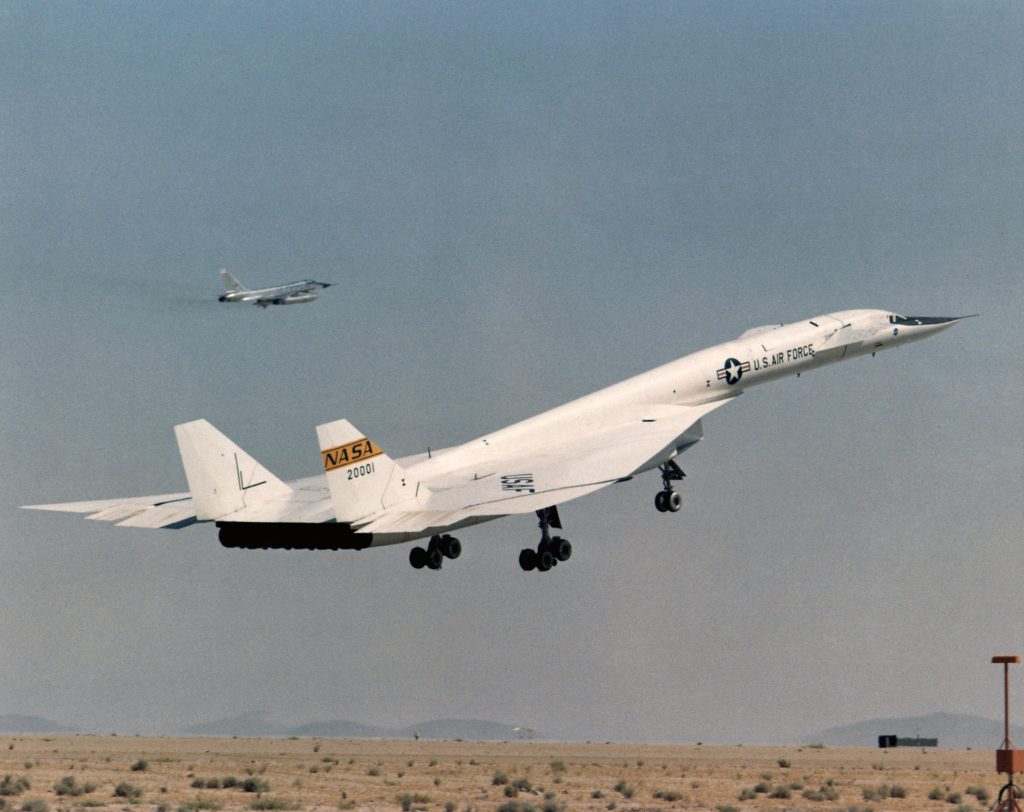

I have two all-time favorite airplanes. One is the McDonnell Douglas F-4 Phantom II and the other is the North American XB-70 Valkyrie. September 21, marked the 53rd anniversary of the first flight of the XB-70. What a plane she was!
Remember the context of the early 1960s. The United States was at, perhaps, the high point of the Cold War with the Soviet Union (USSR). The USSR has shot down an US spy plane, the U2, in 1960. Both the United States and Russia were developing nuclear weapons which were aimed at one another.
The United States was relying on a bomber, called the B-52, to deliver nuclear weapons to Soviet land, in retaliation for any nuclear bombing of the United States. It was known as Mutually Assured Destruction (or MAD). Essentially each side was saying, “You don’t want to bomb us, or we will bomb you”. Though the stakes were incredibly high, the strategy actually worked quite well for both sides, as neither wanted to be bombed. A tense, but steady peace, was maintained between the two enemy nations.
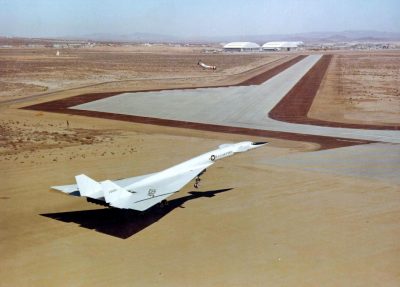
The United States was concerned that the B-52 could be easily shot down by new Soviet fighters, such as the MIG-21. The US felt it was important to develop a bomber that could outrun any Soviet fighter. This was the impetus for the XB-70.
It was called X for Experimental. It was called B for Bomber. It was 70 since the United States had the B-52 and the B-58. The 70 indicating a whole new generation of bomber.
To outrun the MIG-21 the plane would have to be fast and fast she was. The XB-70 was designed to fly at speeds in excess of Mach 3. Three times the speed of sound or over 2,100 mph. That is fast!

To accomplish the feat the plane had SIX jet engines. Each had 11 stages and could produce over 22,000 pounds of thrust (31,000 with afterburners on).
The jet was enormous. It stood nearly 31 feet off the ground. It was 196’ long and 105’ wide. To compensate for this enormous sign, the engineers developed an aluminum honeycomb wing. So instead of a solid wing, the XB-70 was made of a matrix of aluminum that looked like a honeycomb, which was covered by a thin white sheet of aluminum.
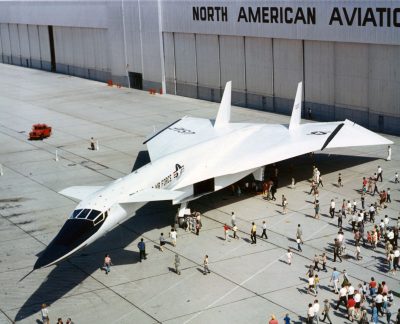
Besides being enormous, she was beautiful. The XB-70 was regal like a condor. Its shape and size heavily influenced another fast jet built shortly thereafter, The Concorde.
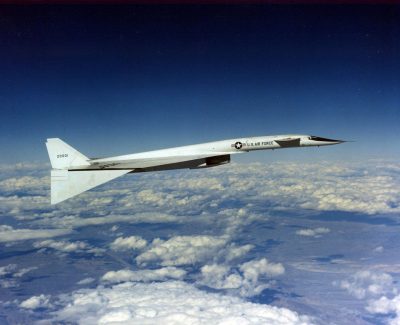
So what happened to the beautiful plane? It was never put into production. Had it been, I may have volunteered for bombers. However, United States intelligence realized the Soviet fighters were becoming faster and their Surface to Air Missiles (SAMs) were also becoming more sophisticated. The XB-70, it was feared, would soon be vulnerable, even with its mind boggling speed.
So, only two planes were manufactured. One crashed (which will be the subject of a future blog). However, Tail 62-000, which made that first flight 53 years ago, is on display at the Air Force Museum at Wright-Patterson Air Force Base. I encourage you to go and see this beautiful bird. Ironically, the plane the XB-70 was designed to replace, the B-52, is still in service.
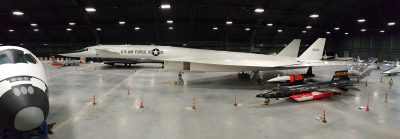
For more information on this story and some great historical photos see: https://www.thisdayinaviation.com/
